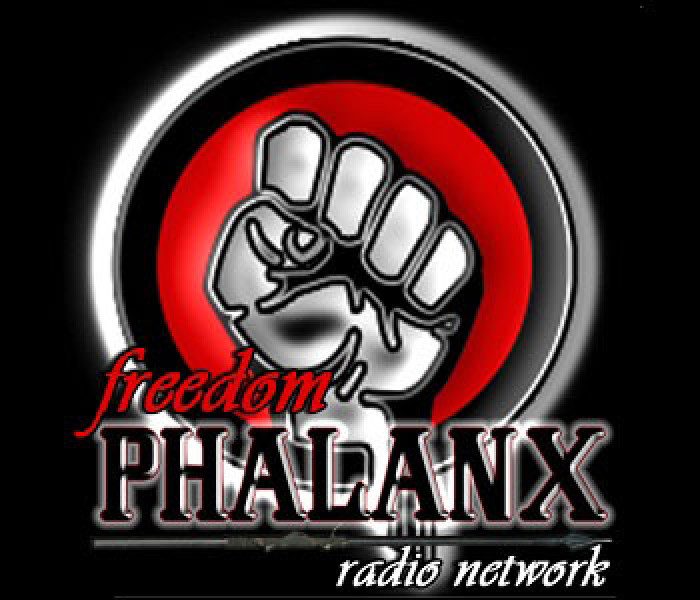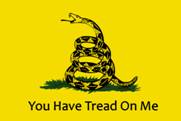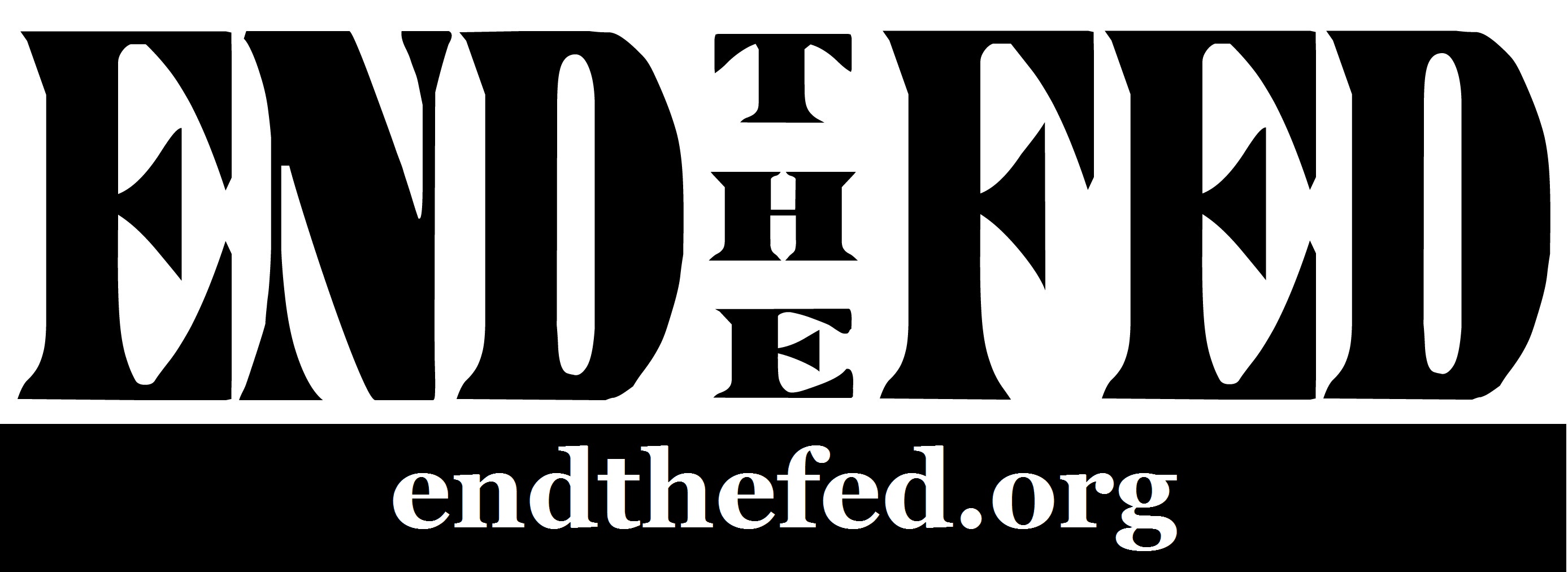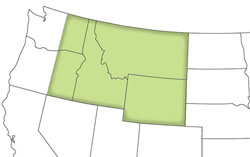We live in a world of illusion. Ever since we were set in front of the television to rot in our crap filled diapers, we have been sold a bill of goods on nearly everything we take for granted, particularly with regards to the very nature of money itself. Having been propagandized to believe that money has value, we come to find that such is not the case with the specific currency we have become mentally dependent on for our entire way of life. Most of our waking hours are spent chasing after it, attempting to accumulate more of it, performing tasks we would otherwise prefer to not do, but instead tolerate because we have to somehow “pay the bills.”
Fractional reserve lending is a banking practice that is nothing more than legalized mass counterfeiting. It is a Common Law offense simply due to the fact that it violates the precepts of natural justice by surreptitiously cheating the populace out of their wealth through forgery of sound money, which is given sanction by the government due to lobbying (more accurately, the bribery) from the banking cartel. This gaggle of crooks conspired to institute a central bank that would be the hub for the entire cartel when they met on Jekyll Island off the coast of Georgia in 1910 to write the Federal Reserve Act, which was passed in 1913 thanks to the efforts of one of their own members, Senator Nelson Aldrich. Before explaining precisely how this ingenious mechanism works, the Greenbacker explanation (tinged with Austrian economic principles) of how the method developed historically could probably be best demonstrated in the form of a broadly allegorical tale.
In ye olde times, people would engage in direct barter as a form of mutually beneficial trade so as to increase their own wealth; however, direct barter suffers from both the double coincidence of wants as well as the profound problem of indivisibility. This gave rise to indirect barter, which necessitated some mediums of exchange in order to facilitate commerce. These initial mediums are the original forms of money that not only have an inherent value as a commodity in and of itself, but also as a value measured relative to other real goods and services provided by the free market.
What emerged as the most useful forms of money were precious metals, particularly gold and silver because they functioned best in terms of being a medium of exchange, a unit of account, a store of value, and also possessing the quality of anonymity; however, trading gold and silver directly became eventually burdensome due to their weight, ease of theft, and additional divisibility problems. What people ended up doing was storing their precious metals in the vaults of the goldsmiths, who earned a fee from their secure storage businesses. When a customer deposited their gold for safekeeping, the goldsmiths would issue IOU paper receipts, which were redeemable for gold at any time. Seeing that these paper receipts were backed 100% by gold, as well as the problems of trading precious metals directly, it didn’t take too long for people to start trading the paper IOUs as if it were gold itself.
The goldsmiths had another business, that of lending their own gold at interest. Once their customers began trading in paper money, they noticed something else: customers rarely came in to reclaim their gold, and never simultaneously. So the goldsmiths (now more bankers than artisans) decided to launch a plot whereby they would issue more paper receipts than they had actual gold on deposit in the vault. This scam worked perfectly, just as long as there was “public confidence” in the perceived value of these paper receipts. This is the philosophical basis for fractional reserve lending.
These first bankers were safe just as long as all of their customers never lost faith in the currency by asking to reclaim their gold simultaneously. Whenever they did, the bankers would go out of business (this is known as a run on a bank). Keep in mind that if fractional reserve lending were never practiced, by keeping adherence to 100% reserves of valuable commodities, bank runs would literally become impossible. Thus concluding this allegorical examination of fractional reserve lending’s historical development, let us now shift focus onto the diabolic technique itself as it is currently practiced.
When the federal government needs “more money,” they create and sell Treasury bonds to the Federal Reserve Bank, who in turn create Federal Reserve Notes (FRNs) that are then exchanged for the bonds. Once the federales deposit the brand new FRNs in their bank accounts, they become “legal tender” and thus officially part of the national money supply. Also keep in mind that these transactions are completely digital; only 3% of the total American money supply is in some form of physical money (such as cash). The remaining 97% of the supply are digital records of deposits on hand (put another way, this would mean the rest of M1, and by extension, M2 and M3). You must remember that government bonds are, by definition, instruments of debt. These exchanges are actually loans given to the federales by the Federal Reserve; this means that the entire money supply is based on debt; instead of on value.
10% of the deposit, pursuant to reserve requirements under statute, must be held as a “required reserve.” What this means is that the remaining 90% is considered an “excessive reserve” and thus can be used as the basis for brand new loans. This very same 90% is not created out of the original amount, but in addition to it. Mystically, the new deposits immediately become part of the bank’s “reserves” of previously existing debt money. Since there are demands for loans as well as required reserves on deposit, “new money” is created irrespective of the growth of goods and services in the actual market; the Federal Reserve refers to this as “deposit expansion.” This is fractional reserve lending at its core.
This same process can be repeated many times over, with each cycle removing 10% of each new loan amount as a “required reserve” with the resulting amount (the so-called “excessive reserve”) serving as the basis for yet another brand new loan in addition to the loan that it just came from. Because of this, $90,000,000,000 can be “created” in addition to the original $10,000,000,000 that was created by the federales and the Fed when they swapped bonds for FRNs. What this means is that nine times any deposit amount can be created from less than nothing, that is, from debt. The value is provided from the already existing money supply. Each time there is a “deposit expansion,” there is de facto inflation that reduces purchasing power, thereby stealing the real wealth of the world from the domestic population that produced it.
An inverse relationship exists between the purchasing power of the currency and the amount of it in circulation via the money supply. $1 in 1913 (when the Fed was established) was reduced to being worth $21.60 in 2007 in order to match value; this is a 96% devaluation in 94 years. Also notice the complimentary relationship enjoyed between the money supply and the national debt; this exists because the currency is based on debt. Since the entire money supply is created out of loans, if all debts were paid, then there would be no money. Of course, that is impossible to achieve for the very simply reason that when the loans are being paid back, they must be done so with the principle plus the accrued interest, the latter of which does not exist in the money supply at all. This is the basis for a condition of perpetual debt that is guaranteed by the banking practice of fractional reserve lending.
There was an enlightening 1968 Minnesota court case of First National Bank of Montgomery v. Jerome Daly. Before being overturned on an appeal, the initial ruling of this case, as determined by the jury, found that since there was no consideration (that is, real property) being exchanged, the issuance of FRNs via fractional reserve lending was blatantly fraudulent; unfortunately, this case cannot be used as legal precedent. We are all still forced to accept their currency in payment of (genuine) debt, pursuant to legal tender statutes. This is the basis for the inherent injustice of fractional reserve lending as it is practiced today, since it is mass counterfeiting protected by government privilege. It is corporatism at its finest, considering the literal monopoly the bankers retain over the issuance of currency and credit.
Bank runs, perpetually accelerating debt, impossible to pay interest, and the debasement of the currency are all the inevitable effects of fractional reserve lending. Only the ridiculously stupid or insanely evil would ever allow this. Fractional reserve lending inherently requires government privilege and protection, for without it, those who are willing to compete in the free market would eventually beat whomever was practicing it because the customers would eventually notice how the currency of the fractionally reserved banks stole their wealth, whereas the various other privately issued currencies do not, since they never loan out more than what they have in valuable tangibles (also known as possessing 100% reserves), and even these are not loaned at interest, but instead are issued in the same manner as a redeemable claim check. Once fractional reserve lending enjoys government privilege, then the entire banking industry is effectively oligopolized, since a central bank is needed to orchestrate the fraud, thereby firmly entrenching corporatism, which distorts the economy in every single other industry, whether cartelized itself or still relatively free to competition within the remnants of the actual market.
Governments choose to legalize this form of mass counterfeiting because it provides cover for them to use the oligopolized banks as scapegoats, besides the fact that unmitigated borrowing and inflation are less offensive to the sensibilities of the hapless citizenry than taxes whose effects are easily observable. The only reason that government continues to tax (above and beyond benefiting from fractionally reserved currency that they protect by fiat) is to further burden the populace with draconian social engineering schemes, typically on behalf of other despotic special interests. In other words, both high finance special interests and the governments that shelter them both benefit enormously from this legalized scam that is literally forced onto the domestic population from the primary institution of a central bank. The government benefits from having cover for its other criminal activities, and the bankers benefit by stealing wealth while not being at risk for punishment by the State.
Austerity masks the embezzlement of the international bankers everywhere. Given that a bank can only facilitate a loan between two other parties, where one is a producer and the other is a borrower who intends to extinguish the debt in the future, the borrower backs the value of the money only if he is convinced by the facilitator of the loan (in this case, the bank) that he indeed owes the debt in the first place. If the developing countries of the world would simply not contract with the duplicitous World Bank, they would never be at risk for failing to repay their loans and thus suffer from the imposed “conditionalities,” thereby rendering them into serfs at the altar of parasitical imperialism. Thus, cyclical, constant chaos is needed in order to maintain the grand illusion, pursuant to the Hegelian Dialectic. This is nothing less than economic warfare.
Inevitable retaliatory actions by the State must be taken into account for security purposes. Governments are more than happy to crackdown on those individuals and organizations who are attempting (strictly through the free market) to issue private alternative currencies. The main claim that the judiciary uses for these crackdowns is that the private issuers were counterfeiting the legal tender. This is sadly ironic and hypocritical, but not all too surprising in another sense because these very same government agents (as well as the mainline public in general) have literally no idea how the fractionally reserved fiat currency is brought into existence in the first place.
It could be said that auditing the central bank is a necessary precursor towards abolishment of it. This is not necessary, especially considering all the reliable publicly available information that testifies to their rampant crimes. The issue really centers on repealing legal tender statutes, for if the FRNs had to actually compete with other currencies, they would easily lose (which is why they need government protection in the first place). If this goal eventually proves itself to not be effective, the only other way to get around it is to establish private alternative currencies, but they must prove themselves viable contenders amongst those who oppose central banking on principle. Lacking this, there is no real hope for victory against the Establishement.





















Pingback: Modeling Threats & Analyzing Risk: A Rebuttal Against "Doom Porn" - Liberty Under Attack